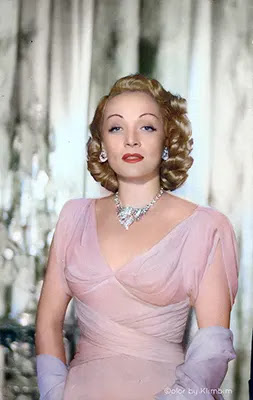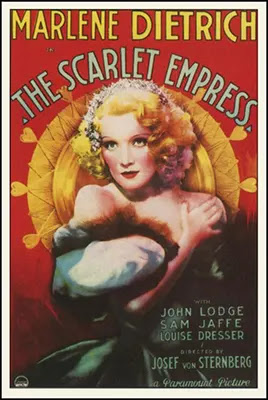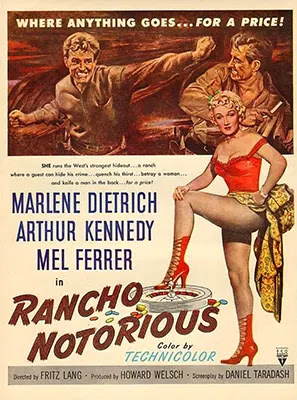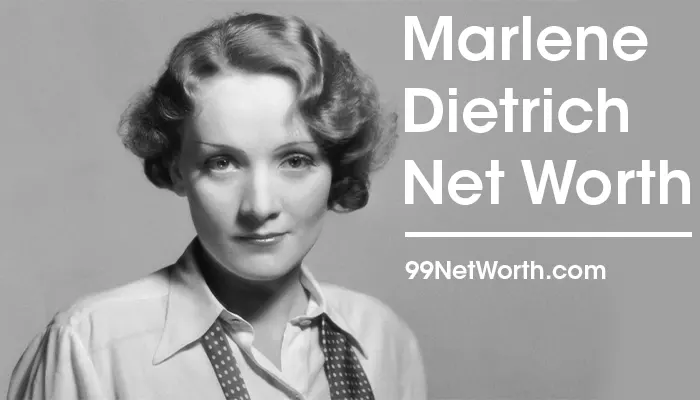Advertisements
Marlene Dietrich Net Worth. Marie Magdalene “Marlene” Dietrich was an American actress and singer who was born in Germany. Her career spans the years 1910 until 1980.
Dietrich was a theatre performer and silent cinema star in Berlin during the 1920s. Marlene Dietrich’s Net Worth is estimated to be approximately $20 Million.
Advertisements
Parts of This Content:
Marlene Dietrich Net worth and profile in one glance
| Name | Marie Magdalene “Marlene” Dietrich |
| Born | December 27, 1901 |
| Height | 1.68 m |
| Country of Origin | Schöneberg, Berlin, Germany |
| Occupation | Actress, Singer |
| Spouse | Rudolf Sieber (m. 1923–1976) |
| Children | Maria Riva |
| Marlene Dietrich Net worth | Marlene Dietrich Net worth $20 Million |
Biography of Marlene Dietrich

Early life
Dietrich was born on December 27, 1901, in Leberstraße 65 in the Rote Insel section of Schöneberg, now a Berlin borough.
Wilhelmina Elisabeth Josefine, her mother, came from a wealthy Berlin family that ran a jewellery and clock-making business. Louis Erich Otto Dietrich, her father, was a police officer. Elisabeth, Dietrich’s one-year-old sister, was his only sibling.
Advertisements

In 1907, Dietrich’s father died. Eduard von Losch, an aristocratic first lieutenant in the Grenadiers, courted Wilhelmina and married her in 1914, but he died of wounds incurred during the First World War in July 1916.
Von Losch never formally adopted the Dietrich sisters, hence Dietrich’s surname was never von Losch, contrary to popular belief.
Advertisements
Stepping stone into Marlene Dietrich Net Worth (Career)

Dietrich made her cinematic debut in the film The Little Napoleon, in which she played a minor role (1923). On the set of Tragedy of Love in 1923, she met her future husband, Rudolf Sieber.
On May 17, 1923, Dietrich and Sieber married in a civil ceremony in Berlin. Maria Elisabeth Sieber, her only child, was born on December 13, 1924.
Primary source of Marlene Dietrich Net worth (Acting)

Throughout the 1920s, Dietrich worked on stage and in films in Berlin and Vienna. She appeared in Frank Wedekind’s Pandora’s Box, William Shakespeare’s The Taming of the Shrew and A Midsummer Night’s Dream, and George Bernard Shaw’s Back to Methuselah and Misalliance on stage in varied parts.
However, she garnered the most notice in musicals and revues such as Broadway, Es Liegt in der Luft, and Zwei Krawatten. By the late 1920s, Dietrich had landed major roles in films such as Café Elektric (1927), I Kiss Your Hand, Madame (1928), and The Ship of Lost Souls (1929).
Association with von Sternberg

In the UFA production of The Blue Angel (1930), produced at Babelsberg film studios, Dietrich got her breakthrough role as Lola Lola, a cabaret singer who brought down a formerly respectable schoolmaster (played by Emil Jannings).
Advertisements
Josef von Sternberg directed the film and later claimed credit for “discovering” Marlene Dietrich. Dietrich’s hallmark song “Falling in Love Again,” which she recorded for Electrola, was featured in the film. In the 1930s, she recorded several records for Polydor and Decca Records.
Later in the 1930s

Dietrich was lured away from Paramount to make her first colour film, The Garden of Allah (1936), for independent producer David O. Selznick, for which she was paid $200,000, and then to Britain for Alexander Korda’s production, Knight Without Armour (1937), for which she was paid $450,000, making her one of the highest-paid film stars of the time.

Despite the fact that both films did well at the box office, her vehicles were expensive to make, and her public appeal had dwindled. Dietrich was ranked 126th in the box office by this time, and in May 1938, American film exhibitors dubbed her “box office poison,” a title she shared with Greta Garbo, Joan Crawford, Mae West, Katharine Hepburn, Norma Shearer, Dolores del Ro, and Fred Astaire, among others.
World War II (WWII)
Dietrich was noted for his strong political beliefs and his ability to express them. Dietrich established a fund with Billy Wilder and other exiles in the late 1930s to aid Jews and dissidents fleeing Germany. Her whole compensation for Knight Without Armor ($450,000) was placed in escrow to aid the refugees in 1937.

She abandoned her German citizenship and became an American citizen in 1939. When the United States entered World War II in December 1941, Dietrich was one of the first public figures to help sell war bonds.
She toured the United States from January 1942 to September 1943, reportedly selling more war bonds than any other celebrity (she performed in front of 250,000 troops on the Pacific Coast leg of her tour alone).
Personal life
Dietrich’s personal life was kept out of the public eye for the most part, unlike her professional notoriety, which was meticulously cultivated and nurtured. She spoke German, English, and French fluently.

Dietrich, who was bisexual, revelled in Berlin’s bustling gay bars and drag events throughout the 1920s. Her boxing with Turkish trainer and prizefighter Sabri Mahir’s boxing studio in Berlin, which opened to women in the late 1920s, likewise broke traditional gender roles.
Dietrich only married once, to Rudolf Sieber, an associate director at Paramount Pictures in France who ultimately became responsible for foreign language dubbing. Maria Riva, Dietrich’s only child, was born in Berlin on December 13, 1924. She went on to work as an actress, primarily in television.
Dietrich was nicknamed “the world’s most glamorous grandmother” when Maria gave birth to a son (John, subsequently a prominent production designer) in 1948. Riva released an honest memoir of her mother, Marlene Dietrich, after Dietrich’s death (1992).

Conclusion
Advertisements
Marlene Dietrich is a well-known and skilled actress in the Hollywood film industry. The Marlene Dietrich Net Worth is a source of motivation and inspiration. You should also check out – Michelle Pfeiffer Net Worth.
Advertisements




